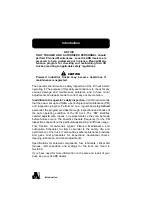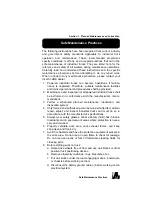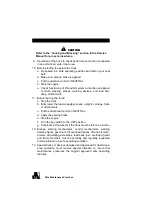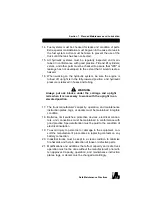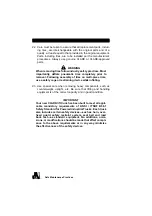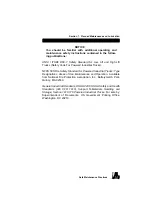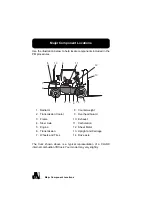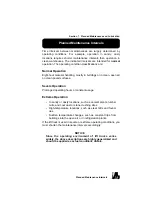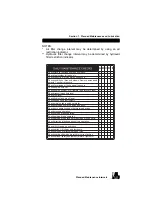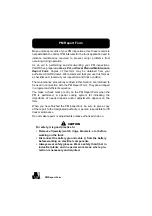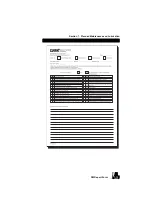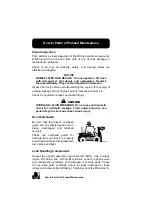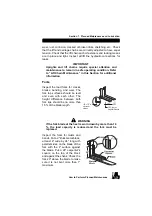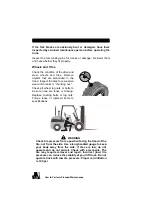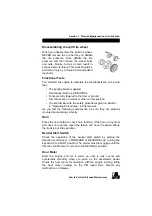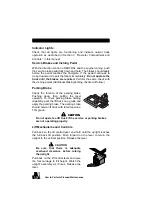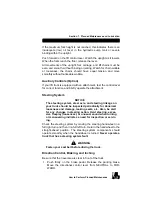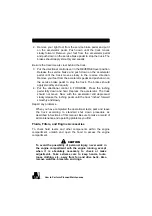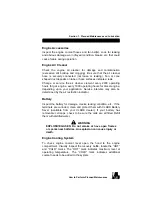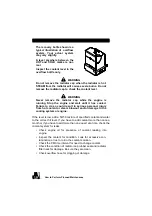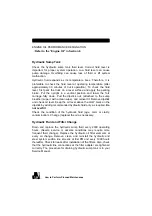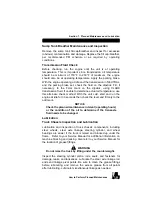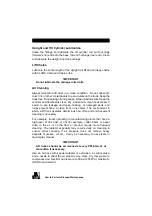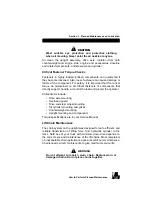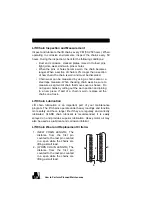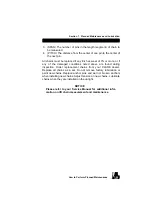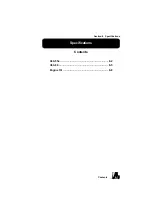
7-16
How to Perform Planned Maintenance
If the fork blades are obviously bent or damaged, have them
inspected by a trained maintenance person before operating the
truck.
Inspect the fork locking pins for cracks or damage. Reinsert them
and note whether they fit properly.
Wheels and Tires
Check the condition of the drive and
steer wheels and tires. Remove
objects that are embedded in the
tread. Inspect the tires for excessive
wear and breaks or “chunking out.”
Check all wheel lug nuts or bolts to
be sure none are loose or missing.
Replace missing bolts or lug nuts.
Torque loose or replaced items to
specifications.
WARNING
!
Check tire pressure from a position facing the tread of the
tire, not from the side. Use a long-handled gauge to keep
your body away from the side. If tires are low, do not
operate and do not add air. Check with a mechanic. The
tire may require removal and repair. Incorrect (low) tire
pressure can reduce the stability of your lift truck. Do not
operate truck with low tire pressure. Proper cold inflation
is 100 psi.
Summary of Contents for C40D
Page 2: ......
Page 6: ...iv ...
Page 16: ...1 4 Seat Belts Seat Belts ALWAYS BUCKLE UP Seat belts can reduce injuries ...
Page 30: ......
Page 90: ......
Page 109: ...PM Report Form 7 13 Section 7 Planned Maintenance and Lubrication ...
Page 126: ......
Page 136: ......

